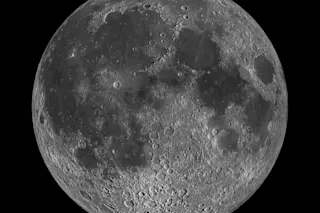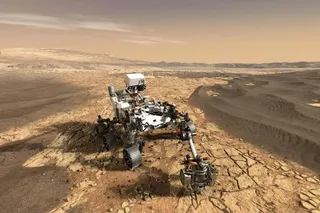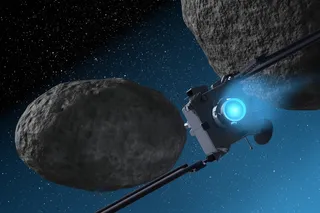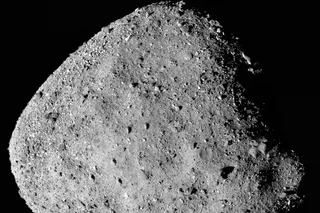From crash landings to out-of-this-world cotton, 2019 was a big year for lunar exploration. Previously, only the U.S., Russia and China had managed to land successfully on the moon. But now other national space agencies are charging ahead with their own science goals, and private companies of all sizes are finding ways to join in. Not to be left out, NASA is renewing its own plans for lunar exploration. The result has been a year of lunar successes and failures — and lots of big talk — with final outcomes still very much up in the air.
The lunar lander Beresheet made history this year, though not exactly how its creators intended. Israeli nonprofit SpaceIL, teaming up with state-owned defense company Israel Aerospace Industries, built and operated the craft. SpaceIL was founded for one main purpose: getting to the moon. It was a response to Google’s Lunar XPRIZE, which in ...















